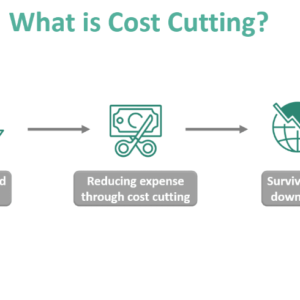Are you confident that you comprehend the fees and expenses connected to your investments? And more importantly, are you taking necessary steps to minimize any unnecessary costs? In the world of investing, it is crucial to have a clear understanding of the fees and expenses associated with your investment choices, as they can significantly impact your returns. Additionally, do you have a plan in place to handle market volatility and resist emotional decision-making when faced with downturns? This article will explore the importance of understanding fees, minimizing costs, and developing strategies to navigate market fluctuations while maintaining a rational mindset.
Understanding Fees and Expenses
As an investor, understanding the various fees and expenses associated with your investments is crucial for making informed decisions and maximizing your returns. There are different types of fees that you may encounter, and they can have a significant impact on your investment returns. Additionally, the disclosure and transparency of these fees play a vital role in ensuring that you have a clear understanding of the costs involved.
Different types of fees
When investing, it’s essential to familiarize yourself with the different types of fees that may be associated with your investments. One common fee is the expense ratio, which represents the annual operating expenses of a mutual fund or exchange-traded fund (ETF) expressed as a percentage of the fund’s assets. Transaction costs are another type of fee, which can include brokerage commissions and fees associated with buying or selling investments. Lastly, tax implications of investments can also have financial consequences, such as capital gains taxes when selling investments at a profit.
The impact of fees on investment returns
Fees can have a notable impact on your investment returns over the long term. Even seemingly small fees can accumulate and erode your overall returns. For example, a mutual fund with a higher expense ratio will reduce the returns compared to a similar fund with a lower expense ratio. Over time, this difference can result in substantial differences in your investment portfolio’s value. Therefore, it is crucial to carefully consider and compare the fees associated with different investment options to make informed choices that align with your financial goals.
Disclosure and transparency of fees
To ensure transparency and protect investors, financial institutions and investment providers are required to disclose the fees and expenses associated with their investment products. This information can typically be found in the fund’s prospectus or similar documents provided to investors. It is essential to review these disclosures carefully and ask questions if you require additional clarification. Transparent fee communication allows you to understand the costs involved and make informed decisions based on your financial needs and objectives.
Recognizing Unnecessary Costs
Identifying and minimizing unnecessary costs is a key component of optimizing your investment strategy. By recognizing hidden fees and assessing the value of services, you can ensure that you are not paying more than necessary for your investments.
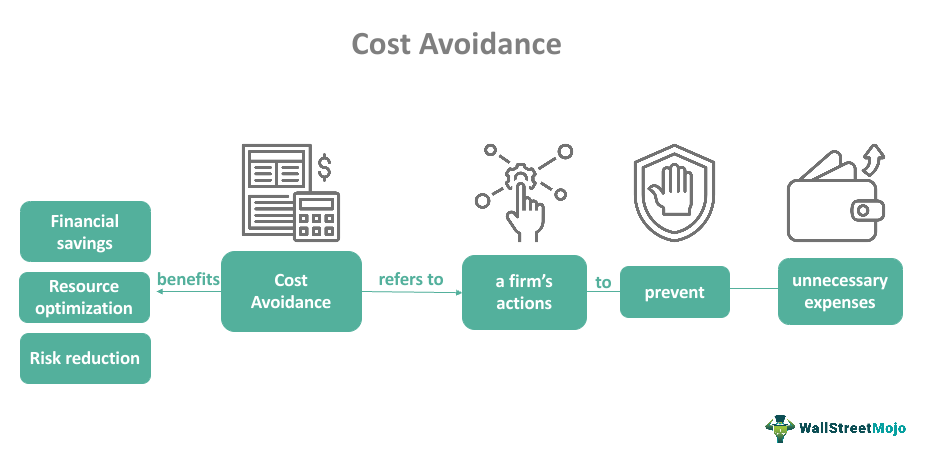
Identifying hidden fees
Hidden fees can be a source of frustration for investors. It is crucial to carefully review the fee structure of your investments and identify any hidden or obscure fees that may exist. Examples of hidden fees can include account maintenance fees, custodial fees, or fees associated with specific investment transactions. By understanding and uncovering these hidden fees, you can make more informed decisions and choose investment options with transparent and reasonable costs.
Assessing the value of services
While fees are an essential consideration, it is equally important to assess the value of the services provided. Some investments may come with higher fees due to additional features or services that can potentially enhance your investment experience. For example, actively managed funds often have higher expense ratios compared to passively managed index funds or exchange-traded funds (ETFs). However, the active management may provide the potential for higher returns that justify the higher costs. Evaluating the value-added by any additional services or features offered can help you determine if the fees are reasonable in relation to the potential benefits.
Minimizing unnecessary expenses
Minimizing unnecessary expenses is a smart approach to managing your investment costs. One effective strategy to minimize expenses is to adopt a long-term investment strategy that minimizes trading and transaction costs. By reducing unnecessary buying and selling of investments, you can avoid incurring additional fees associated with frequent trading. Additionally, diversifying your investment portfolio and practicing asset allocation can help reduce risk without the need for excessive trading or transaction expenses. Regularly reviewing and adjusting your investment plan can also help identify any unnecessary expenses and take appropriate actions to minimize them.
Evaluating Investment Expenses
Understanding the various components of investment expenses can help you make informed decisions about your investment strategy. Expense ratios, transaction costs, and tax implications are all factors that should be carefully evaluated when considering different investment options.

Expense ratios
Expense ratios are an important consideration when evaluating mutual funds and ETFs. This ratio represents the annual operating expenses, including management fees and administrative costs, expressed as a percentage of the fund’s assets. A lower expense ratio generally indicates lower costs and potentially higher net returns for investors. It is important to compare expense ratios across similar investment options to ensure you are selecting the most cost-effective funds that align with your investment goals.
Transaction costs
Transaction costs can vary depending on the investment type and the platform or broker you use. These costs include brokerage commissions and fees associated with buying or selling investments. High transaction costs can significantly reduce your overall returns, especially if you engage in frequent trading. It is crucial to consider the impact of transaction costs when evaluating investment options and choose a platform or broker that offers competitive rates and fee structures.
Tax implications of investments
Investment decisions can have significant tax implications that should be carefully considered. For example, capital gains taxes may be incurred when selling investments at a profit. Tax-efficient investment strategies, such as holding investments for the long term to qualify for lower tax rates, can help minimize these tax implications. It is advisable to consult with a tax professional or financial advisor to understand the potential tax consequences of your investment decisions and develop strategies that align with your overall tax planning goals.
Comparing Investment Options
When evaluating different investment options, comparing the fees associated with each is crucial. Analyzing fees across different investments, evaluating expense structures, and considering performance versus costs can help you make informed decisions that align with your investment objectives.
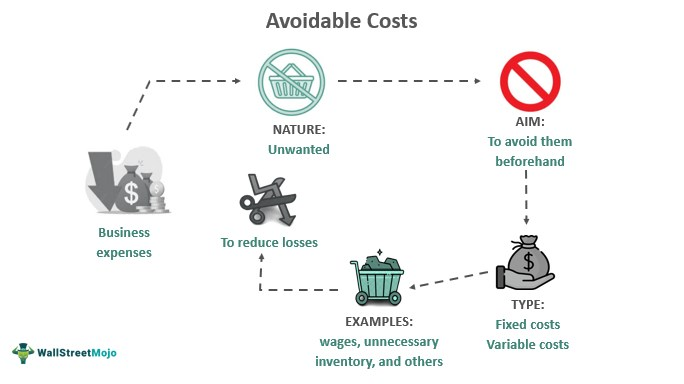
Analyzing fees across different investments
Comparing fees across different investments is essential to ensure that you are not paying more than necessary. You should carefully review the fee structures of various investment options and consider how they align with your investment goals. For example, if you are considering multiple mutual funds or ETFs, comparing their expense ratios can help you identify the most cost-effective option. Additionally, it is crucial to consider the potential benefits or services provided by each investment option and weigh them against the associated costs.
Evaluating expense structures
Investment expense structures can vary widely, and it’s important to understand how they may impact your returns. Some investment options, such as actively managed funds, may have higher expense ratios due to the cost of professional management. In contrast, passively managed index funds or ETFs generally have lower expense ratios. Understanding the expense structures of different investments allows you to assess whether the associated costs are reasonable given the potential benefits.
Considering performance vs. costs
When comparing investment options, it is essential to consider performance in conjunction with the associated costs. A mutual fund or ETF may have higher fees, but if it consistently outperforms similar investment options, the higher costs may be justified. However, it’s important to evaluate performance over an extended period rather than relying solely on short-term results. By considering both performance and costs, you can make informed decisions that align with your investment goals and risk tolerance.
Strategies to Minimize Costs
Minimizing costs can significantly impact your investment returns over the long term. Utilizing strategies such as diversification and asset allocation, opting for passive investing, and choosing index funds and ETFs can help keep expenses under control.
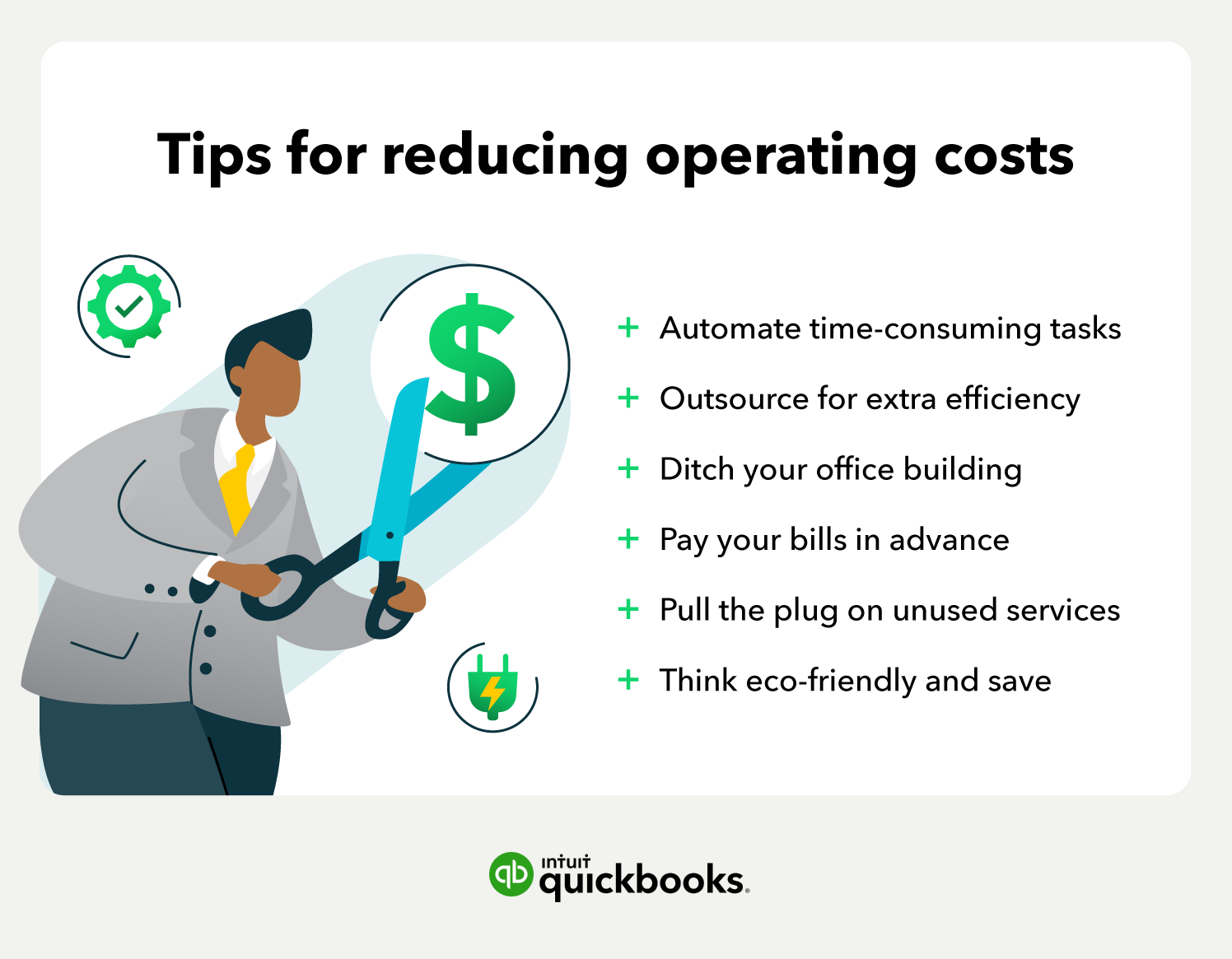
Diversification and asset allocation
Diversification and asset allocation are fundamental strategies to manage risk in your investment portfolio. By spreading your investments across different asset classes and sectors, you can potentially reduce the impact of individual investment performance on your overall portfolio. Diversification can also help minimize the need for excessive buying and selling, which can result in transaction costs. Additionally, asset allocation allows you to invest in a mix of asset classes that align with your risk tolerance and investment goals, helping to optimize returns while controlling costs.
Passive vs. active investing
Investors have the choice between passive and active investing approaches. Passive investing aims to replicate the performance of a specific index or asset class, typically through index funds or ETFs. This approach often results in lower expense ratios compared to actively managed funds, as passive strategies require less overhead and management. Active investing, on the other hand, involves a portfolio manager making specific investment decisions to outperform the market. However, active management often comes with higher fees due to the additional research and analysis involved. Choosing passive investing can be a cost-effective strategy for investors seeking broad market exposure and lower fees.
Index funds and ETFs
Index funds and ETFs are popular investment options due to their low expense ratios and broad market exposure. Both types of funds aim to replicate the performance of a specific index or asset class, providing diversification and convenience for investors. Index funds are typically mutual funds that pool investor funds to purchase a portfolio of securities that mirror the components of a specific index. ETFs, on the other hand, are traded on stock exchanges like individual stocks, offering liquidity and intraday trading opportunities. These low-cost investment options can help minimize expenses while providing exposure to various sectors and asset classes.
Researching Investment Platforms and Brokers
When choosing an investment platform or broker, it is crucial to consider the associated costs. Account and trading fees, additional charges and penalties, and reviews and ratings of platforms should all be evaluated to ensure you select a platform that best suits your needs.
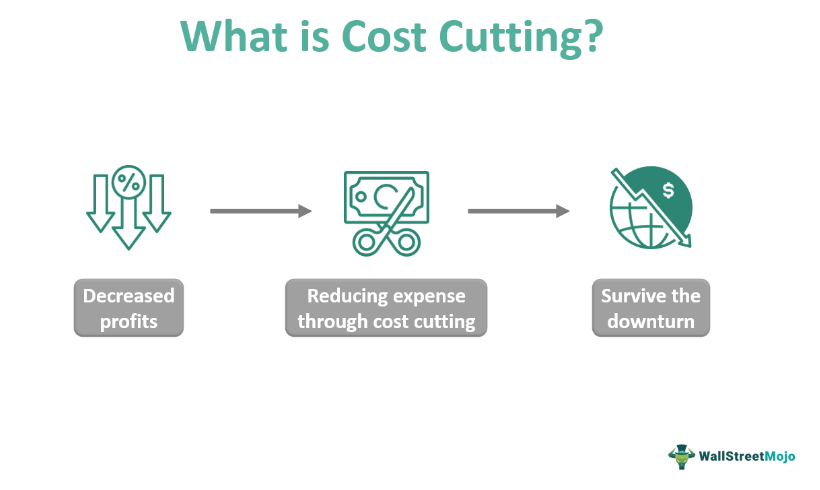
Account and trading fees
When choosing an investment platform, it is important to consider the account and trading fees associated with it. Account fees can include maintenance fees, inactivity fees, and annual fees. Trading fees may include commissions charged for buying or selling investments. Understanding the fee structure of different platforms allows you to assess the costs involved and select a platform that aligns with your investment objectives and budget.
Additional charges and penalties
In addition to account and trading fees, there may be additional charges and penalties associated with certain investment platforms or brokers. It is essential to review the terms and conditions and fee schedules provided by different providers to identify any potential additional costs. For example, some platforms may charge fees for transferring funds or closing accounts. Being aware of these charges beforehand can help you avoid unexpected expenses and select a platform that offers the most cost-effective services.
Reviews and ratings of platforms
Before committing to an investment platform or broker, it is advisable to research and review their reputation, customer reviews, and ratings. Platforms with positive reviews and high ratings may indicate a higher level of customer satisfaction and reliability. Additionally, consider the suitability of the platform for your specific investment needs. Some platforms may specialize in certain investment types or offer additional educational resources that can add value to your investment experience. By researching and evaluating different platforms, you can choose one that meets your needs while minimizing unnecessary costs.
Understanding the Impact of Costs on Long-Term Returns
The importance of understanding the impact of costs on your long-term investment returns cannot be overstated. Compound interest and compounding costs, evaluating the erosion of returns over time, and projecting the impact on retirement savings are all key aspects to consider.
Compound interest and compounding costs
Compound interest can work in your favor when it comes to investment returns, but it can also amplify the impact of costs over time. By reinvesting earnings, your investment has the potential to generate additional gains. However, the flip side is that costs can compound as well, eroding your returns. For example, if a mutual fund has an expense ratio of 1% and your investment generates a yearly return of 6%, the compounding effect of the costs can significantly reduce your overall returns over an extended period.
Evaluating the erosion of returns over time
Costs that may seem small initially can accumulate and significantly impact your returns over time. It’s crucial to evaluate the erosion of returns caused by expenses and fees when constructing your investment strategy. By considering the potential costs over an extended period, such as decades of investing for retirement, you can identify investment options with reasonable costs and the potential for long-term growth. Regularly reviewing your investment performance and expenses ensures that you are staying on track to meet your financial goals while mitigating the erosion of returns.
Projected impact on retirement savings
Understanding the impact of costs on your retirement savings is essential for successful long-term financial planning. The higher the fees and expenses you incur, the less your retirement savings will grow over time. By projecting the potential impact of costs on your savings, you can make adjustments to your investment strategy and minimize the erosion of returns. This includes selecting investment options with lower expense ratios and employing cost-cutting strategies, such as passive investing or utilizing low-cost index funds and ETFs. Taking these steps can contribute to building a more substantial retirement nest egg and ensuring a more secure financial future.
The Importance of Full Disclosure
Full disclosure of fees and expenses by financial institutions and investment providers is crucial to protect investors and enable them to make informed decisions. Transparency in fee communication, understanding the pros and cons of different investment options, and a financial advisor’s role in providing comprehensive information all contribute to ensuring complete disclosure.
Transparency in fee communication
Financial institutions and investment providers have a responsibility to clearly communicate the fees and expenses associated with their products. This includes providing detailed information on expense ratios, transaction costs, and any other applicable fees. Transparent fee communication allows investors to accurately assess the costs involved and make decisions that align with their financial goals. It is important to review the information provided and seek additional clarification if necessary to ensure a complete understanding of the fees and expenses associated with your investments.
Understanding the pros and cons of different investment options
In addition to fee disclosure, understanding the pros and cons of different investment options is essential for making informed decisions. Investment providers should provide comprehensive information about the risks, potential returns, and costs associated with each investment product. This enables investors to assess whether the investment aligns with their objectives and risk tolerance. Being aware of both the advantages and disadvantages of different investment options empowers investors to select investments that best suit their financial needs while minimizing unnecessary costs.
Financial advisor’s role in providing comprehensive information
A financial advisor can play a crucial role in providing comprehensive information about fees and expenses associated with investments. They have a fiduciary duty to act in their clients’ best interests and provide advice tailored to their specific financial objectives. A knowledgeable and transparent advisor will ensure that clients understand the costs involved, discuss the impact of fees on investment returns, and help clients make cost-effective investment decisions. When seeking advice from a financial advisor, it is important to choose one who demonstrates a commitment to transparency and has expertise in minimizing costs while maximizing returns.
Seeking Professional Advice
Consulting a financial advisor can provide valuable insights and guidance when it comes to understanding fees and expenses associated with your investments. Determining if the costs justify the value added and identifying potential conflicts of interest are important considerations when seeking professional advice.
Consulting a financial advisor
A financial advisor can offer personalized guidance and help you navigate the complexities of fees and expenses associated with investments. They can evaluate your financial goals, risk tolerance, and investment preferences to recommend investment strategies that align with your objectives. A financial advisor can also provide clarity on the costs involved and help you make informed investment decisions. When selecting a financial advisor, look for one who has relevant expertise, a good reputation, and a fiduciary duty to act in your best interests.
Determining if the costs justify the value added
When seeking professional advice, it is essential to evaluate if the costs associated with the services provided by a financial advisor justify the value added to your investment strategy. While advisors may charge fees, they can offer significant value in terms of personalized guidance, portfolio management, and financial planning expertise. A good financial advisor can help optimize your investment returns, minimize unnecessary costs, and provide peace of mind during uncertain market conditions. It is important to weigh the potential benefits against the costs and consider the long-term value that a financial advisor can bring to your financial journey.
Identifying potential conflicts of interest
When seeking professional advice, it’s important to be aware of potential conflicts of interest that may affect the advice provided. Financial advisors may be compensated in different ways, such as through commissions, fees, or a combination of both. It’s vital to understand how your advisor is compensated and whether their recommendations may be influenced by these compensation arrangements. A transparent and ethical advisor will disclose any potential conflicts and act in your best interests. Open communication and clarifying any concerns related to conflicts of interest will help ensure that you can trust the advice provided and make well-informed investment decisions.
Developing a Personal Investment Strategy
Developing a personal investment strategy that aligns with your investment objectives and financial goals is crucial for long-term success. Defining investment objectives, aligning investment decisions with financial goals, and regularly reviewing and adjusting the investment plan are key steps to consider.
Defining investment objectives
Investment objectives provide a framework for your investment strategy and guide your decision-making process. Defining your investment objectives involves identifying your financial goals, risk tolerance, time horizon, and any specific investment preferences you may have. For example, your investment objectives may include saving for retirement, funding education expenses, or growing your wealth. Clear and well-defined investment objectives help you stay focused and make investment decisions that drive you closer to achieving your financial aspirations.
Aligning investment decisions with financial goals
To ensure that your investment strategy remains on track, it is essential to align your investment decisions with your financial goals. The key is to carefully consider the costs and potential returns of various investment options and select those that are aligned with your objectives. For example, if your financial goal is long-term growth, you may opt for investments that have historically provided higher returns over an extended period, even if they come with slightly higher fees. By regularly reviewing your investment decisions and ensuring they align with your financial goals, you can make adjustments as necessary and stay focused on your long-term objectives.
Regularly reviewing and adjusting the investment plan
Regularly reviewing and adjusting your investment plan is crucial for adapting to changing market conditions and aligning with your evolving financial goals. Reviewing your portfolio’s performance and assessing the associated costs allows you to identify any necessary adjustments. For example, if certain investments consistently underperform or have high fees, it may be prudent to consider reallocating your investments or exploring lower-cost alternatives. Regularly monitoring your portfolio and staying informed about market trends and emerging investment options will enable you to make timely adjustments and optimize your investment strategy.
In conclusion, as an investor, understanding the fees and expenses associated with your investments is essential for making informed decisions and maximizing returns. By recognizing unnecessary costs, evaluating investment expenses, comparing different investment options, and seeking professional advice, you can develop a personal investment strategy that aligns with your financial goals while minimizing unnecessary expenses. It’s important to maintain full disclosure and transparency when it comes to fees, and regularly review your investment plan to ensure it remains aligned with your objectives. By taking these steps, you can navigate the complex landscape of fees and expenses and make decisions that contribute to your long-term financial success.

